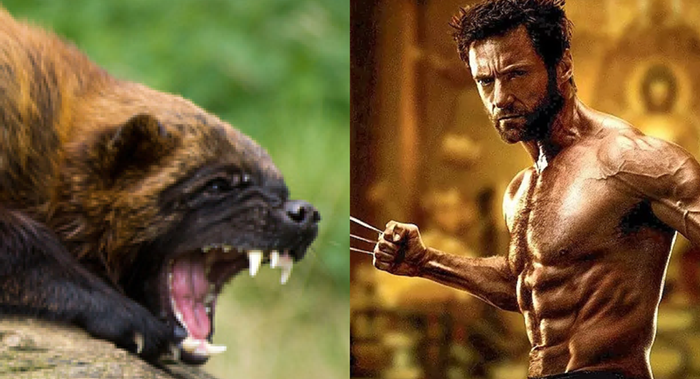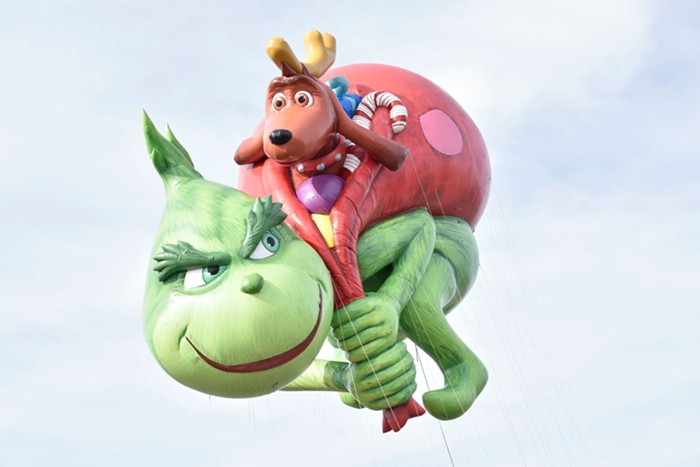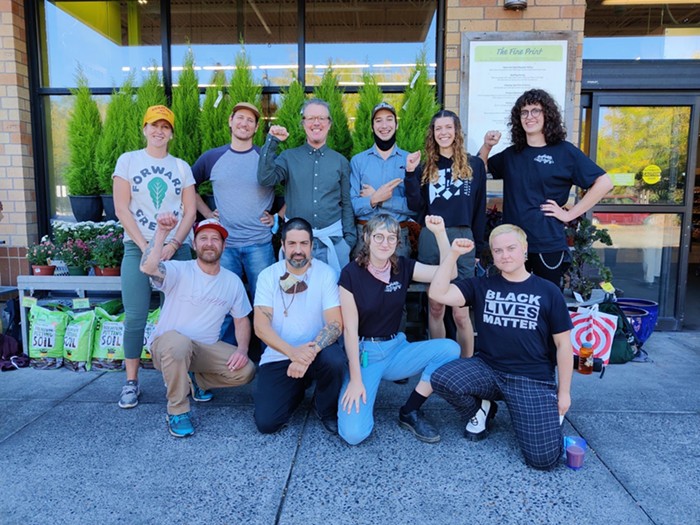As China continues to grow into the world's premier economic power, it has aggressively pursued modernity with little regard for the millennia-old communities and traditions that widespread urban development effectively displaces. The contemporary Chinese artists whose work is collected in China Urban have witnessed the process of urbanization first-hand, and here they approach the tension between the nation's rich cultural history and the new Chinese metropolis with a mixture of excitement and terror.
The exhibition itself has been organized in a way that replicates the crowded, sensory-overloaded atmosphere of urban bustle. Walls have been erected, creating a denser space for the viewer to navigate, and audio from several video works mingles, as overlapping voices and city sounds project a sense of erupting activity. Even the exhibition's entrance telegraphs urban grit, as a pair of walls are "tagged" with Chinese characters courtesy of the King of Kowloon, whose work sits between elegant calligraphy and hastily painted graffiti.
The works themselves, however, often portray China's burgeoning urbanity as desolate and alienating. Xie Xiaoze and Chen Zhong's Last Days, a series of photographed installations of the 4,000-year-old community of Kai Xiau, which was demolished to make way for the Three Gorges Dam on the Yangtze, seems to document post-apocalypse rather than a revitalized civilization. In the photos, partially destroyed walls are plastered with local newspapers, many containing propaganda about the dam project. Among the monochrome of rubble and dust-heavy air, these papered ruins burst with unexpected color—like a new coat of paint trying to mask the wreckage beneath.
Chen Quilin's photographs function similarly, as groups of Chinese workers pose in drab construction sites, cradling ornate vases of artificial peonies. Initially, the magenta flowers appear to signify growth and beauty—China's entry into a fertile new era. However, closer scrutiny reveals that these symbols of vitality are plastic, an imposter version of progress. Scanning the defeated countenances of the laborers who hoist them, it's easy to see how the flowers are not figures of hope for them but, rather, a threat that accelerating modernity could leave China's ancestry in the dust.













